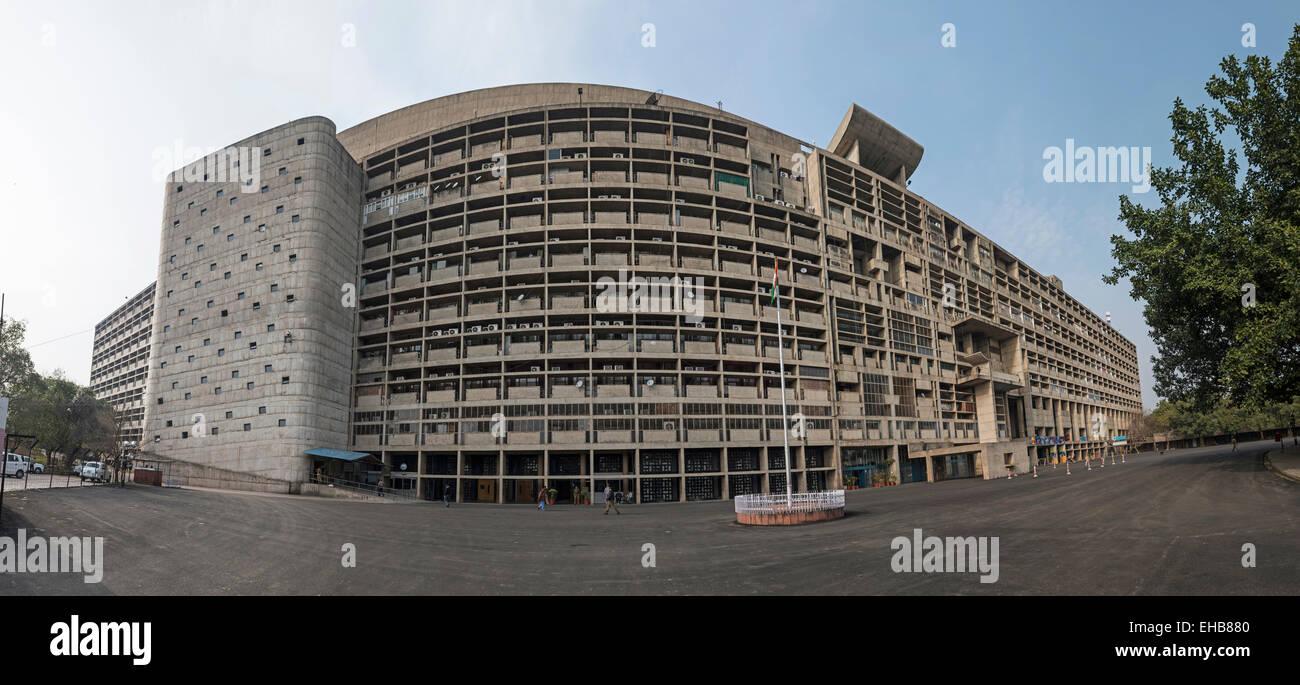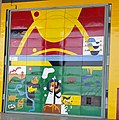Le Corbusier, born Charles-Édouard Jeanneret-Gris (1887–1965), was a pioneering Swiss-French architect, urban planner, designer, writer, and artist. He is widely regarded as one of the most influential figures in modern architecture, known for his innovative ideas in urban design and functional architecture.
Key Contributions:
1. Architectural Philosophy: Le Corbusier championed the use of modern materials like concrete, steel, and glass, and emphasized functionality and simplicity in design. He believed that buildings should be "machines for living in."
His concrete monoliths still divide opinion today, yet Le Corbusier is undoubtedly the most influential architect of the 20th century. Ulrike Lemmin-Woolfrey investigates
Father of modern architecture, Le Corbusier was a true trailblazer. He was a contemporary and friend of Picasso and Dalí, who met Einstein and became infatuated with Josephine Baker. A man who travelled the globe, crossed the Atlantic in the Graf Zeppelin, and flew across South America with Saint-Exupéry. A man who once skinned his dead pet dog and then covered one of his books in its fur. A prolific painter and sculptor, an author of 34 books, a polemicist, a public speaker and lecturer. An architect who was called upon to design an entire city from scratch. A divisive urban planner who dreamed of razing central Paris to the ground to make space for concrete skyscrapers.
2. Five Points of Architecture:

- Le Corbusier summarized his style of modern architecture into five points and named them. These were derived as a brief of the methods he uses for his building design. The 5 Points of Architecture by Le Corbusier are: Pilotis Free Design and Ground Plan Free design of the Facade Horizontal Windows Roof Plan
- In 1926, Le Corbusier developed the “Five Points of Architecture,” which became fundamental to modernist architecture:
- Pilotis (Columns): Raising the structure on stilts to allow for free circulation of space below the building.
- Free Design of Ground Plan: Flexibility in internal layout without structural constraints.
- Free Design of Façade: Independence of structural frame from the design of the façade.
- Horizontal Windows: To provide even lighting and improve views.
- Roof Garden: A functional roof space for recreation and planting.
3. Iconic Works: Some of his most famous buildings include:
- Villa Savoye (France): A manifestation of his Five Points of Architecture.
- Unité d'Habitation (France): A housing complex that integrated residential and communal spaces.
- Notre-Dame-du-Haut (Ronchamp, France): A departure from his usual style, it’s a more sculptural, expressive building.
- Chandigarh (India): A city he designed from scratch, emphasizing rational urban planning.
4.Urban Planning: Le Corbusier developed ambitious plans for cities, advocating high-density, vertical living to counteract overcrowding and promote efficiency. His Radiant City(Ville Radieuse) plan was one such model, featuring high-rise buildings set in open green spaces.
CREATOR:AMEEN SAHBAN
Radiant City(Ville Radieuse)
5. Modulor System: Le Corbusier developed the **Modulor**, a system of proportion based on human scale, which he used to design spaces that were comfortable and efficient for human use.
CRAETOR:AMEEN SAHBAN Le Corbusier's Secretariat building in Chandigarh, India
Chandigarh Capitol Complex:
located in sector-1 of Chandigarh city in India, is a government compound designed by the architect Le Corbusier and his co-workers and is a UNESCO World Heritage Site.It is spread over an area of around 100 acres and is a prime manifestation of Chandigarh's architecture. It comprises three buildings: the Palace Of Assembly Legeslative Assembly , Secretrait Building and the High Court plus four monuments (Open Hand Monument, Geometric Hill, Tower of Shadows and the Martyrs Monument) and a lake. It was added to the UNESCO World Heritage Site List in 2016 along with sexteen other workers by Le Corbusier for its contribution to the development of modernist architecture.
Le Corbusier designed the "Tower of Shadows", an experimental construction, in such a way that not a single ray of sun enters it from any angle. The north side of this tower remains open because the sun never shines from this direction. Le Corbusier used the same principle for other Capitol Complex buildings as well.
His ideas influenced generations of architects and urban planners, though his works also attracted criticism for their starkness and perceived detachment from social realities. Despite the debates, his legacy as a visionary in architecture and urbanism remains profound.


















![Terry Farrell [ British architect]](https://blogger.googleusercontent.com/img/b/R29vZ2xl/AVvXsEgF5Bc7-F6oyGHwVlcJfUVoN9PAph8ZIAQAVTMDZ0oOX0kIENEGN84Arj8wxKS666_yV2hRHMM4zlJ5gCJFBA1ttvrGBPrCNY0tZWfcuPl0aolt_szKpBjWtbLYutI4ivHBLrzZkj-wEk_l_1paoEEVkgnzCt7yvpHoDkhm63TxHxL45GUgV2OZVkwLYkWG/w100/11e81b6d-862f-4a23-a2d0-950d22063de0.png)



0 Comments